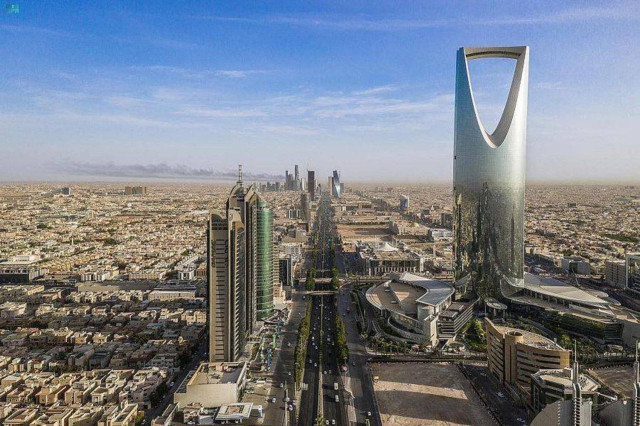The International Monetary Fund (IMF) has praised Saudi Arabia’s significant economic changes under the “Vision 2030” national transformation plan, noting improvements in public finances and business regulations.
An IMF mission expected non-oil growth in Saudi Arabia to reach around 3.5% in 2024, crediting careful economic policies and major reforms.
The mission also highlighted record-low unemployment rates and controlled inflation in the country, and welcomed recent updates to funding requirements aligned with “Vision 2030” goals.
The IMF released a concluding statement at the end of its official staff visit to Saudi Arabia.
In the statement, the IMF said: “Saudi Arabia’s unprecedented economic transformation is progressing well.”
“Prudent macroeconomic policies, transformative changes—including through fiscal reforms and in the regulatory business environment—and strong domestic demand have helped prop up non-oil growth. Inflation remains contained.”
“Spending reprioritization and recalibration of major spending programs are ongoing. Efforts to diversify the economy have started to bear fruit.”
“Building on these successes, it will be important to sustain the non-oil growth momentum, maintain financial sector stability, continue mitigating risks of overheating, reverse declining total factor productivity and ensure inter-generational equity.”
Economic Activity Remains Robust
According to the IMF, real non-oil growth decelerated from 5.3% in 2022 to a still robust 3.8% in 2023, driven mostly by private consumption and non-oil investment.
While non-oil growth for Q1-2024 indicates some moderation in economic activity— the IMF staff estimated that the output gap remains in positive territory, close to 2% of the non-oil potential GDP.
The statement also noted that the Saudi economy weathered the geopolitical tensions in the Middle East well, thanks to minimal trade and financial exposures to the affected regions and uninterrupted shipments.
Unemployment Rate Reached Historic Lows
In 2023, the Saudi economy added over one million jobs, primarily in the private sector. The overall unemployment rate for Saudis dropped to 7.7% in the last quarter of 2023—inching closer to the 2030 Vision objective of 7%.
Labor force participation rates have remained at historically high levels but relatively flat over the past year for both men and women, albeit with the women’s rate still comfortably exceeding the Vision 2030 goal of 30%.
Headline Inflation Has Decelerated Rapidly
After peaking at 3.4% in January 2023, year-on-year inflation receded to 1.6% in April 2024, helped by an appreciating nominal effective exchange rate.
However, rents are growing at a brisk rate of about 10% amid inflows of expatriate workers and large redevelopment plans in Riyadh and Jeddah.
Wholesale prices have also edged up recently, reflecting an increase in input costs. So far, some uptick has been observed in the wages of high-skilled workers.
Additionally, the current account surplus narrowed significantly.
The decline in the current account surplus from 13.7% of GDP in 2022 to 3.2% of GDP in 2023 mainly reflected lower oil exports and strong growth in investment-related imports.
These were partly mitigated by a record surplus in the services balance, including a 38 percent surge in net tourism income.
The Saudi Central Bank’s (SAMA) holding of net foreign assets reached $423.7 billion in April 2024, which was slightly above the end-2023 level.
Reserves remain ample, representing 15.6 months of imports and 208% of the IMF’s reserve adequacy metric by end-2023.




















